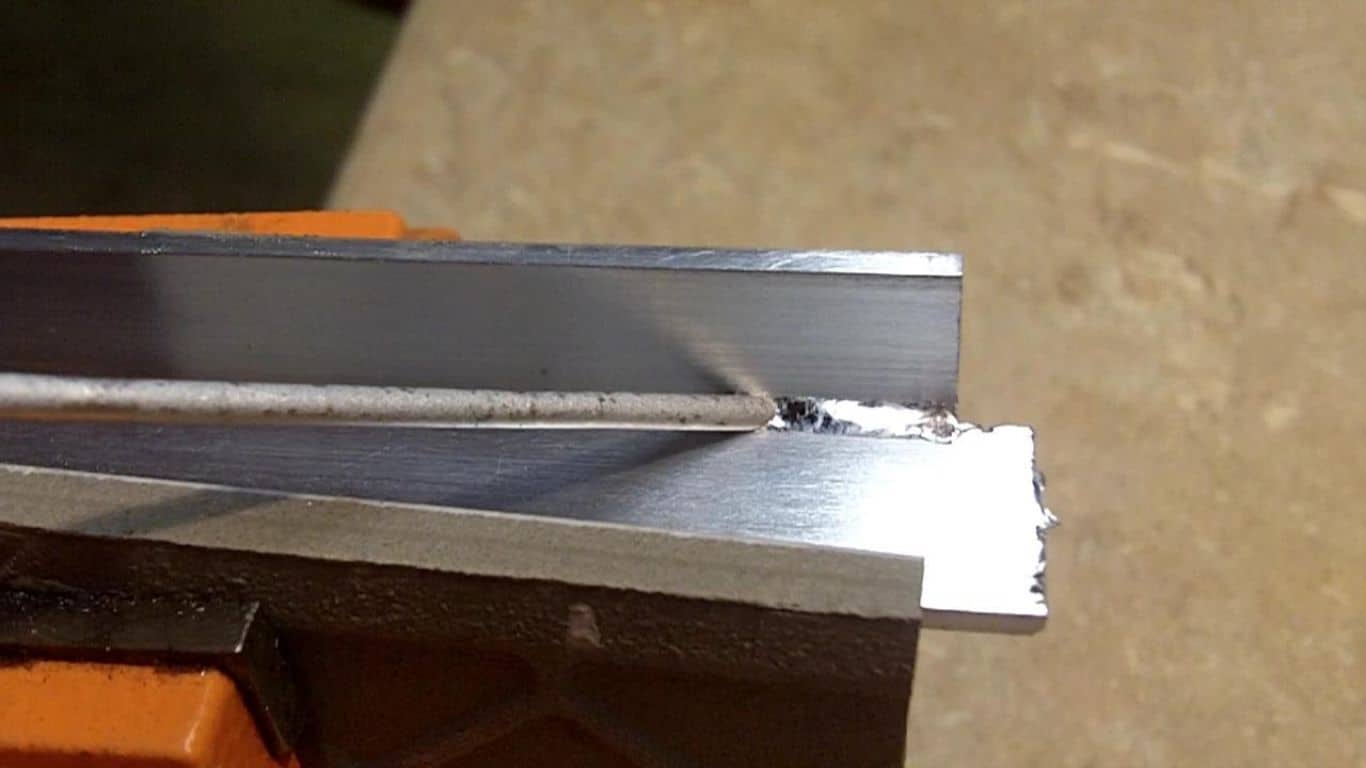Aluminum welding is a crucial skill for metalworkers, as aluminum is a popular material used in various industries due to its lightweight and corrosion-resistant properties. In this article, we will explore the essential techniques and tips for welding aluminum effectively.
Choosing the Right Welding Method
When it comes to welding aluminum, two commonly used methods are MIG (Metal Inert Gas) and TIG (Tungsten Inert Gas) welding. MIG welding is suitable for thicker aluminum sections, while TIG welding offers more precise control for thinner materials.
Additionally, it is advisable to use a high-frequency start when TIG welding aluminum to prevent contamination and ensure a clean weld.
Preparing the Aluminum Surface
Before starting the welding process, it is crucial to prepare the aluminum surface properly. This involves cleaning the metal to remove any dirt, grease, or oxidation using a wire brush or a chemical cleaner. Ensuring a clean surface will result in stronger and higher-quality welds.
Furthermore, it is recommended to use a stainless steel brush specifically designed for aluminum to avoid cross-contamination with other metals.
Choosing the Correct Filler Alloy
Aluminum welding requires the use of a compatible filler alloy to prevent cracking and achieve a strong bond. The choice of filler alloy depends on the specific aluminum grade being welded.
For example, if welding 5XXX series aluminum, which is commonly used in structural applications, the filler alloy such as ER5356 is often used. On the other hand, 4XXX series aluminum, which is known for its excellent weldability, requires a different filler alloy like ER4043.

Shielding Gas and Welding Parameters
Using the right shielding gas is vital to protect the weld pool from atmospheric contamination. Argon is the most commonly used shielding gas for aluminum welding as it helps prevent oxidation and provides stability. Helium can also be added to improve heat transfer.
Regarding welding parameters, adjusting the angle, speed, and heat intensity is crucial. Aluminum conducts heat more efficiently than steel, so it is important to use a higher amperage and travel speed to prevent burn-through.
Common Challenges and Solutions
Welding aluminum can present some challenges, such as the formation of a thick oxide layer and the potential for distortion. To overcome these issues, it is recommended to use a push technique with the torch and incorporate a back purge when welding thicker sections.
Using a larger torch nozzle and a steady hand can also help create smoother and cleaner welds. Additionally, using heat sinks or fixtures can prevent distortion during the welding process.
Mastering the art of welding aluminum requires practice, patience, and knowledge of the right techniques. By choosing the appropriate welding method, preparing the surface, selecting the correct filler alloy, and understanding the challenges involved, you can achieve high-quality and durable aluminum welds.

